- About us
- Support the Gallery
- Venue hire
- Publications
- Research library
- Organisation chart
- Employment
- Contact us
- Make a booking
- Onsite programs
- Online programs
- School visit information
- Learning resources
- Little Darlings
- Professional learning

It’s important to have a best bud when you’re growing up. For many boys the transition from boyhood through adolescence is defined by wanting to fit in.
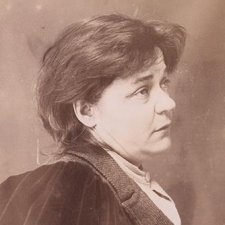
The 'Yarra Boot Trunk Tragedy' unfolded a week before Christmas 1898, when some neighbourhood boys noticed a wooden box floating in the river at Richmond.
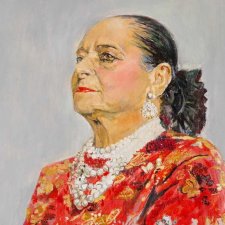
Helena Rubinstein (1872‒1965) was the first self-made millionairess of modern times, and created the first publicly-listed global cosmetics corporation.
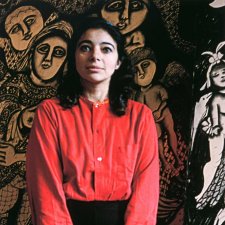
Faith Stellmaker shares pioneering artist and restaurateur Mirka Mora’s lasting legacy on Melbourne’s art, dining and culture.
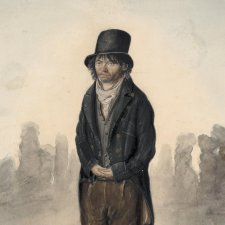
Those of you who are active in social media circles may be aware that through the past week I have unleashed a blitz on Facebook and Instagram in connection with our new winter exhibition Dempsey’s People: A Folio of British Street Portraits, 1824−1844.
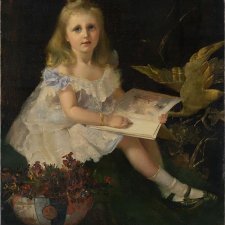
This week it is impossible not to contemplate the ways in which France has touched many Australian lives.
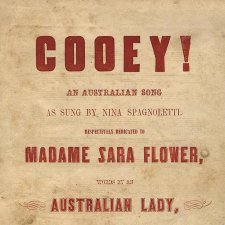
"Coo-ey, Coo-ey, Coo-ey, Coo-ey—Love has caught the strain, Coo-ey, Coo-ey, Coo-ey, Coo-ey—it whispers back again." The “Australian lady” who composed these fruity lyrics was none other than Desda— Jane Davies, sometime Messiter (née Price) of Leddicott, Lavender Bay.
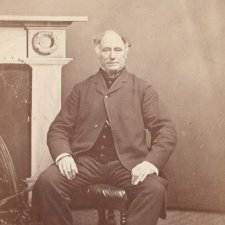
To celebrate his family bicentenary, Malcolm Robertson looks at the portraiture legacy left by his ancestors.
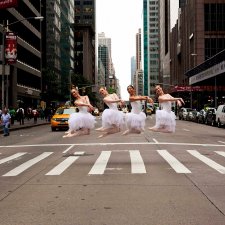
Penelope Grist’s spirits soar with Lisa Tomasetti’s Dancers in the Streets series.
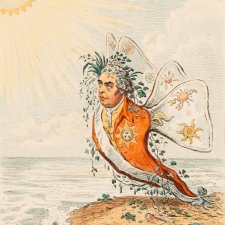
The caricaturist and engraver James Gillray's biting satires about Sir Joseph Banks.
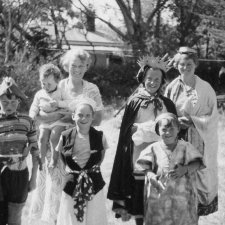
At the end of a summer break one is tempted to say that there is nothing much to report. Isn’t one restful holiday very much like another?

I agonized over the choice of four songs to take with me to the ABC Studios for Alex Sloan’s Canberra 666 afternoon program, a sort of iteration of the old BBC Desert Island Discs.
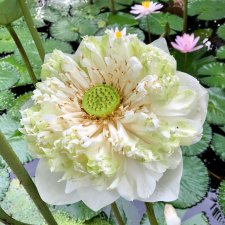
I spent much of my summer holiday at D’Omah, on the outskirts of Yogyakarta. Lotus and waterlilies sprout in extraordinary profusion in artful ponds amid palms and deep scarlet ginger flowers.
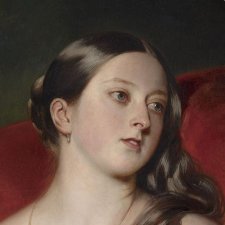
Last Sunday I had the privilege of appearing at the Canberra Writers’ Festival in conversation with Julia Baird. The subject of our session was Julia’s recent biography, Victoria the Queen: An Intimate Biography of the Woman who Ruled an Empire.
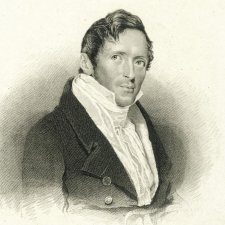
Angus delves into the biographies of two ambitious characters; Sir Stamford Raffles and Sir John Pope-Hennessy.
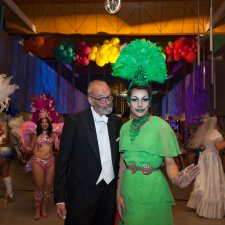
Last month we marked the twentieth anniversary of the formal establishment of the National Portrait Gallery, the tenth of the opening of our signature building, and the fifth of our having become a statutory authority under Commonwealth legislation.
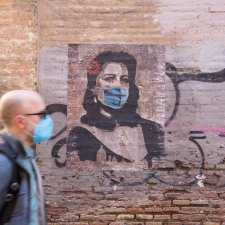
Corinna Cullen on the symbolic power of pandemic-related imagery over the ages.
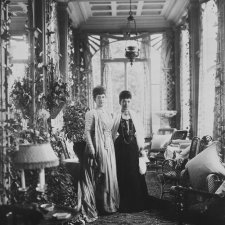
In 1904, the Dowager Empress Marie Feodorovna of Russia purchased as a gift for her sister, Queen Alexandra, a fan composed of two-color gold, guilloché enamel, mother-of-pearl, blond tortoiseshell, gold sequins, silk, cabochon rubies, and rose diamonds from the House of Fabergé in Saint Petersburg.
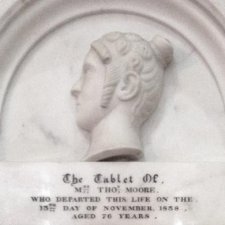
Beyond the centenary of the ANZAC landings at Gallipoli, a number of other notable anniversaries converge this year. Waterloo deserves a little focussed consideration, for in the decades following 1815 numerous Waterloo and Peninsular War veterans came to Australia.
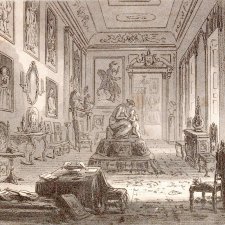
It may seem an odd thing to do at one’s leisure on a beautiful tropical island, but I spent much of my midwinter break a few weeks ago re-reading Bleak House.
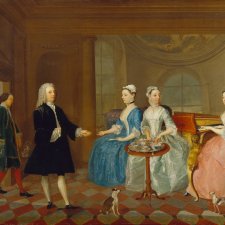
There is in the collection of the Yale Center for British Art in New Haven, Connecticut, an English painting, datable on the basis of costume to about 1745, that has for many years exercised my imagination.
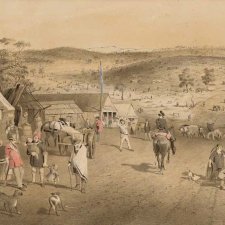
Some years ago my colleague Andrea Wolk Rager and I spent several days in the darkened basement of a Rothschild Bank, inspecting every one of the nearly 700 autochromes created immediately before World War I by the youthful Lionel de Rothschild.
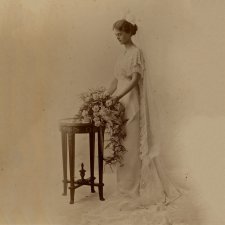
Where do we draw a line between the personal and the historical? Although she died in Melbourne in 1975, when I was not quite eleven years old, I have the vividest memories of my maternal grandmother Helen Borthwick.
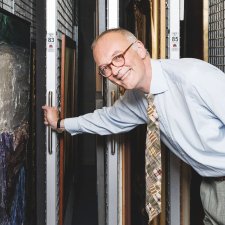
This is my last Trumbology before, in a little more than a week from now, I pass to my successor Karen Quinlan the precious baton of the Directorship of the National Portrait Gallery.